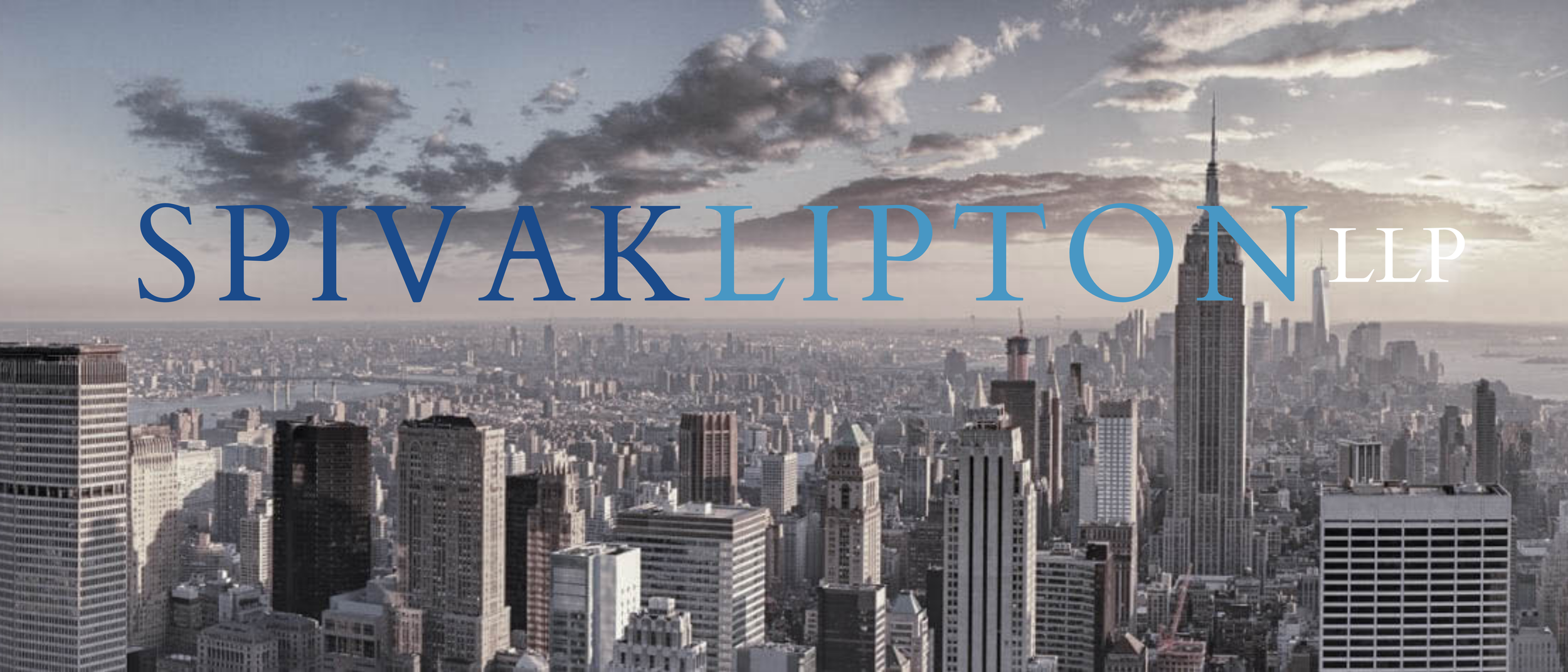“The life that you knew is no longer going to exist. And not only is it no longer going to exist, but you’re not going to have access to it.”
--Lynn Nottage, on the people and circumstances that inspired Sweat
Heralded by the New Yorker as “the first theatrical landmark of the Trump era,” Lynn Nottage’s Sweat presents an intimate and arresting depiction of the de-industrialization of America’s workforce in the early 2000s. Through the lens of an after-work barroom hangout, Nottage binds her audience to eight steel mill colleagues who are forced to navigate the effects of sudden unemployment. As they attempt to find security, the stakes of their situation are made more difficult by their complicated relationships with one another. The play was presented by The Public Theater in October of 2016 before transferring to Broadway. It was nominated for three Tony Awards, and won the 2017 Obie Award for Playwriting and the 2017 Pulitzer Prize for Drama.
In a 2018 interview with Simon Hodgson, Nottage stated that the play is “about working people who felt incredibly marginalized and unseen, and about how they can assert themselves in a landscape that refuses to recognize their dignity.” The work uses a non-linear structure, with scenes of the present book-ending the plot of the past. Nottage uses this structure to emphasize how our lived experience affects our present selves. When we transition from the present to the bar, we are met with a habitual ease as the characters indulge in a too-familiar confidence in the future. They make proclamations like “Come hell or high water, I’m taking that cruise through the Panama Canal.” These statements exhibit dramatic irony, infusing the characters’ solid understanding of their life with an obvious tension- because we know what’s coming next. Even as evidence surfaces that layoffs are a possibility, these claims are routinely dismissed. “That rumor’s been flying around for months. Nobody’s going anywhere.” This eerily echoes the COVID-age trend of every “in the highly unlikely event” sentiment that eventually ends up happening. Gravity doesn’t work the same way it did before.
When the unthinkable (and inevitable) does occur, these characters are overcome with rage and disbelief. As they search for some kind of logic to justify their new reality, they ask, “I run the full mile, I put in the time, do the right thing. But, dude, tell me what I did wrong, huh?” It is in this way that the play acknowledges and indicts the inequities that brought about these events. In order to cope with the desolation of their own reality, Nottage’s characters return to the safety of the familiar. The stage directions poignantly note that “Tracey laughs. She’s a laugher, it’s her refuge.”
The play concludes with the image of “four men, uneasy in their bodies, [who] await the next moment in a fractured togetherness.” Nottage does not offer any answers, but presents the silent truth of the moment in all of its vast complexity. Her play gifts us with the beginning of a vocabulary to process our circumstances, to consider that our own perspective can be seen and understood. That’s what this is. An offering to wait for whatever the next moment may bring in our own fractured togetherness.
Byline: Harley Winzenried, Spivak Lipton Legal Assistant & Freelance Theatre Practitioner





